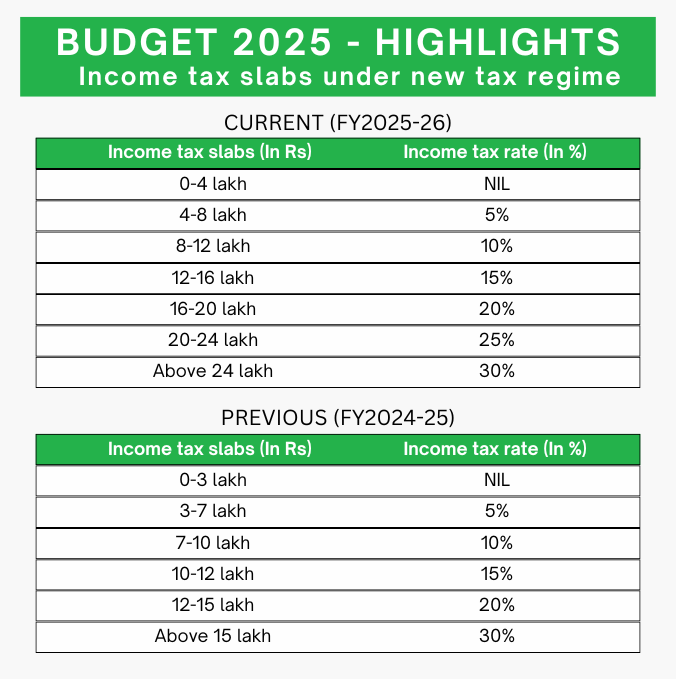January 2025 Mutual Funds: Strong Inflows and Growing Confidence

Introduction
The Indian mutual fund industry experienced strong inflows in January 2025, reinforcing investor confidence in equity markets. In January 2025, mutual funds industry saw assets under management (AUM) reached an all-time high of ₹67.25 lakh crore, and various market segments saw significant investments, especially midcap and small-cap funds. However, a notable trend emerged as Systematic Investment Plan (SIP) closures exceeded new registrations, raising concerns about investor sentiment.
January 2025 Mutual Funds Inflows Reach New Highs
In January 2025 mutual funds industry experienced overall inflows, including New Fund Offers (NFOs), which remained robust at ₹40,000 crore, compared to ₹41,200 crore in December 2024. Excluding NFOs, inflows stood at ₹36,000 crore, marking a substantial rise from ₹30,000 crore in the previous month. This is the second-highest monthly inflow ever recorded, following the peak of ₹38,000 crore in October 2024. The trend indicates that investors are taking advantage of market corrections to build long-term wealth.
January 2025 Mutual Funds: SIP Contribution
SIPs continue to be a preferred investment route for retail investors due to their disciplined approach and rupee-cost-averaging benefits. In January, SIP contributions remained steady at ₹26,400 crore, a marginal decline from ₹26,459 crore in December.
However, for the first time since the COVID-19 pandemic, the SIP discontinuation ratio exceeded 100%, with 5 lakh more SIP closures than new registrations. Specifically, 56.19 lakh new SIPs were registered, while 61.33 lakh SIPs were discontinued. Despite this, the overall base of active SIP accounts remains strong at 10.27 crore, with approximately 6 crore new SIPs registered in FY25 alone.
Midcap and Small-Cap Funds Lead Investor Interest
Investor confidence in midcap and small-cap funds continues to grow, reaching all-time high inflows:
- Midcap funds: ₹5,150 crore (up from ₹5,100 crore in December 2024)
- Small-cap funds: ₹4,700 crore (unchanged from December 2024)
This indicates a growing preference for high-growth potential stocks, despite market volatility. Meanwhile, large-cap funds also witnessed increased inflows, rising to ₹3,000 crore from ₹2,000 crore in the previous month.
Do High SIP Closures Indicate Panic Selling?
Despite the unusual spike in SIP closures, this should not be mistaken for widespread panic selling. Several factors could explain this trend:
- Portfolio Rebalancing: Investors may be consolidating smaller SIPs into larger ones for better management.
- Market Correction Strategies: Following sharp market declines in October 2024 and January 2025, some investors may be reallocating their funds into different asset classes.
- Profit Booking: Investors who entered at lower NAVs during previous corrections might be booking profits.
Thus, the rise in SIP closures does not necessarily indicate market exits, but rather strategic adjustments.
January 2025 Mutual Funds: Investor Confidence Remains Strong
While SIP discontinuation reached an unprecedented level, overall mutual fund inflows suggest investors remain committed to the market. The long-term growth story of India’s equity market remains intact, with mutual funds playing a crucial role in wealth creation.
For investors, the key takeaway is to stay disciplined and avoid reacting to short-term market movements. The power of compounding and rupee-cost averaging makes SIPs an effective tool for long-term wealth accumulation, even in volatile market conditions.
Conclusion:
In conclusion, the Indian mutual fund industry demonstrated resilience and strong investor confidence in January 2025 Mutual Funds, achieving record-breaking assets under management. Despite concerns arising from the unprecedented SIP closures, the overall inflows and investment trends indicate a steadfast belief in the long-term potential of the equity markets. Investors are strategically adjusting their portfolios while continuing to leverage the benefits of systematic investment plans. The focus remains on maintaining a disciplined approach to wealth creation, capitalizing on market corrections, and staying committed to the growth trajectory of India’s financial markets.
Note: Mutual fund investments are subject to market risks. Read all scheme-related documents carefully before investing. The past performance of the schemes is neither an indicator nor a guarantee of future performance.
The overall inflows into mutual funds, including New Fund Offers (NFOs), remained robust at ₹40,000 crore, compared to ₹41,200 crore in December 2024. Excluding NFOs, inflows stood at ₹36,000 crore, marking a substantial rise from ₹30,000 crore in the previous month.











